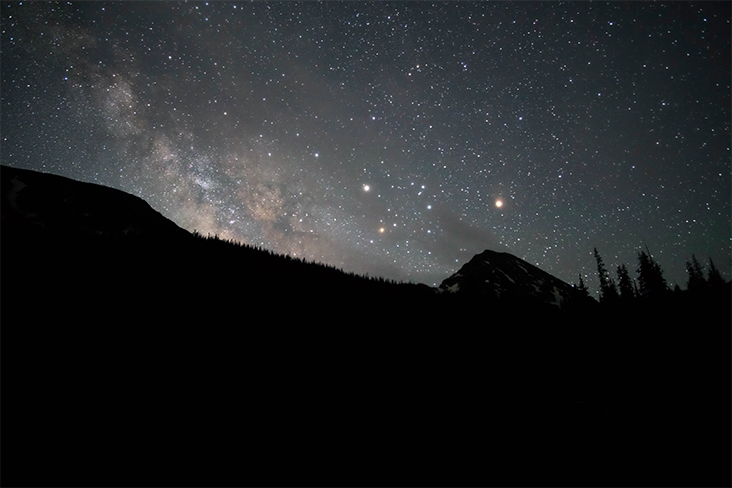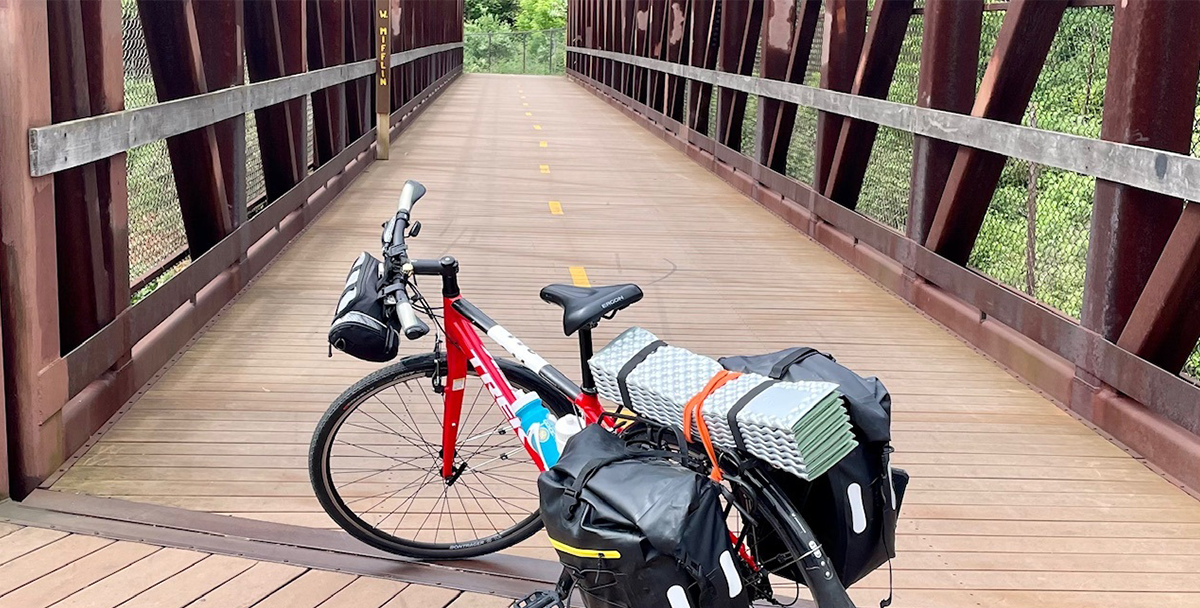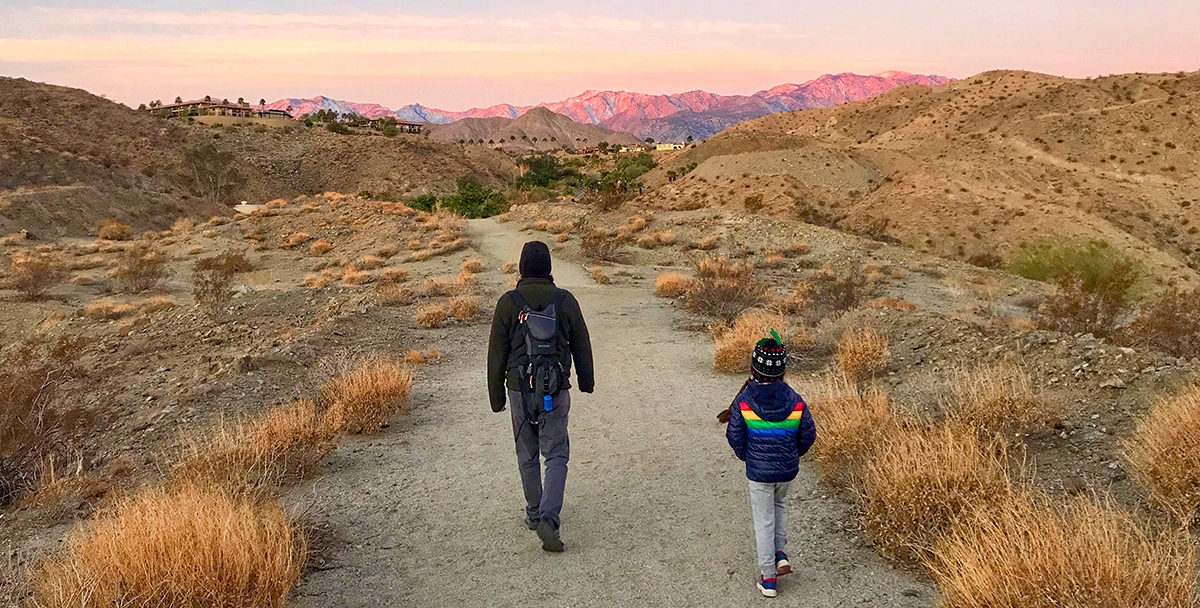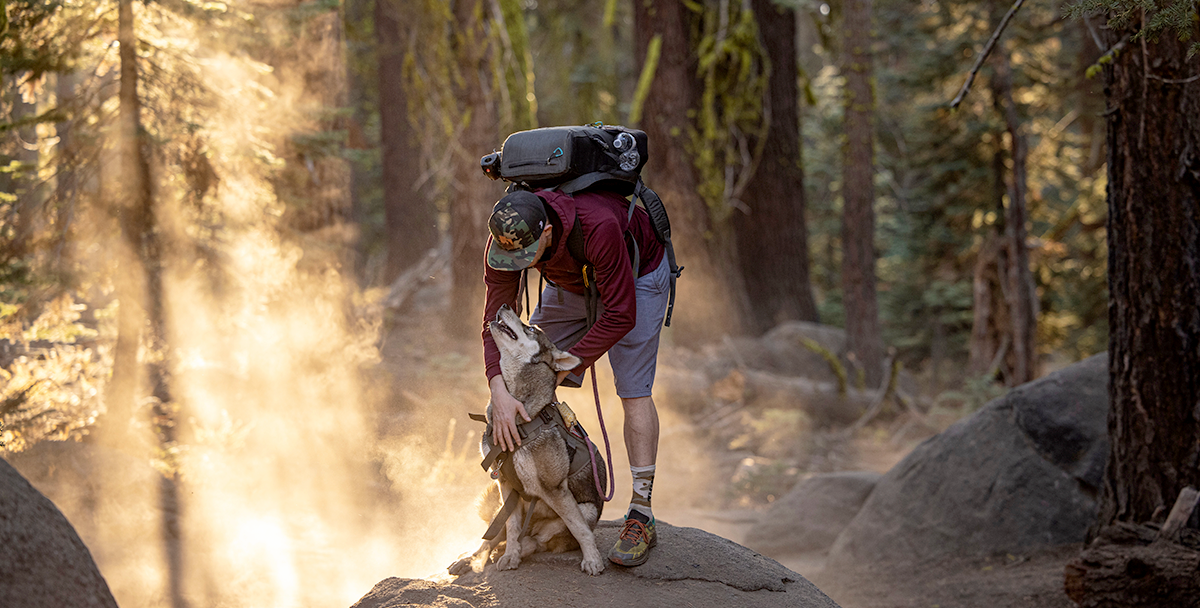Westcliffe, Colorado, is less than a three-hour drive from Denver, but the tiny town, situated at the foot of the Sangre de Cristo mountains, feels like a different world. “You can see so many stars that it’s like the sky is playing tricks on your eyes,” says Denver resident Lauren Smith of a recent visit.
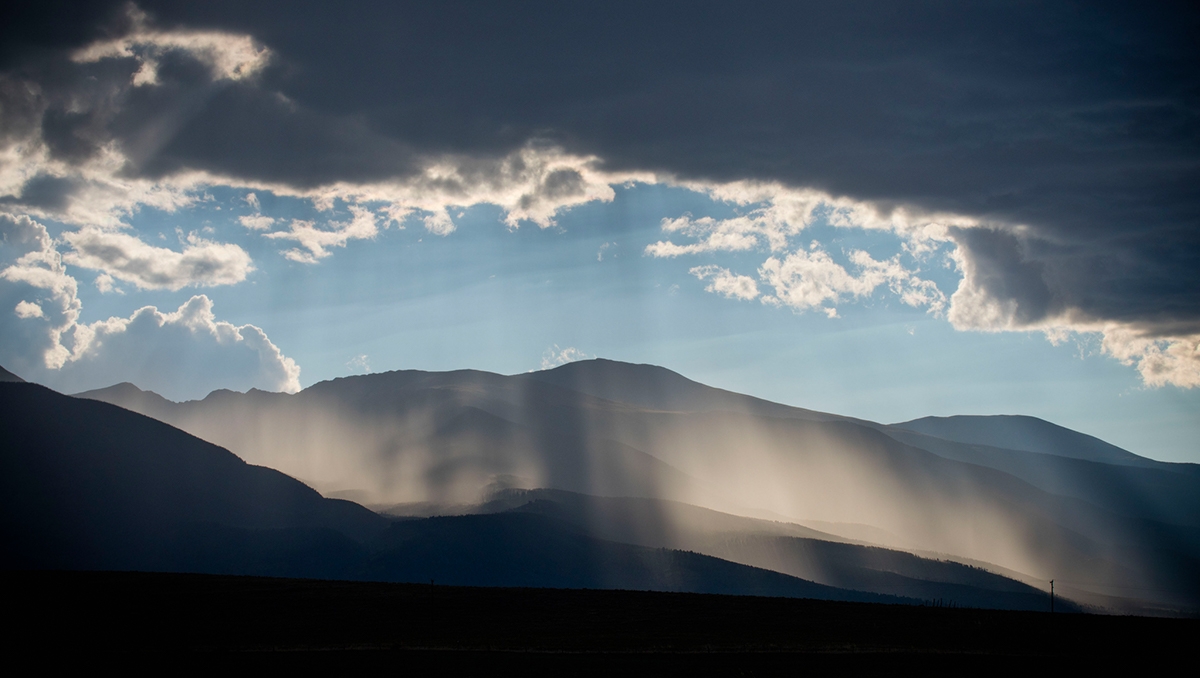
In 2015, Westcliffe and its neighboring town, Silver Cliff, became Colorado’s first International Dark Sky Community and the ninth in the world to be certified by the International Dark-Sky Association (IDA), a star-loving nonprofit founded in 1988 to protect skies from light pollution. Since then, many towns, cities and villages have followed suit.
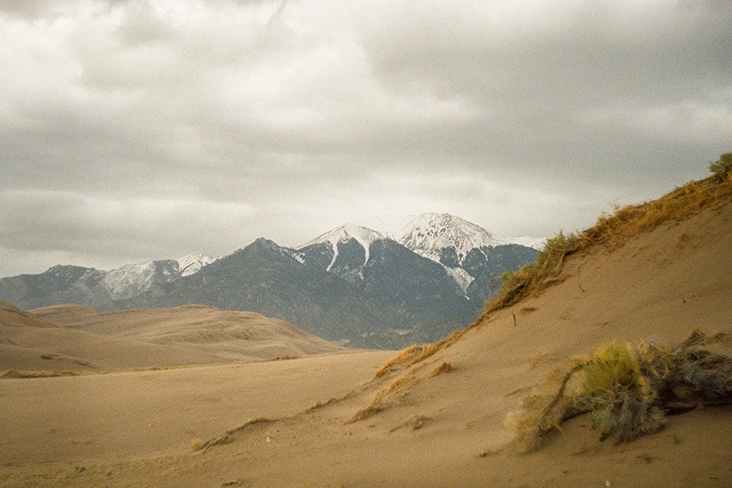
The night sky is having a shining moment. At this time, more than 130 locations around the globe are certified by IDA, including national parks like Great Sand Dunes in Colorado, Arches in Utah and Grand Canyon in Arizona. But for those late to the star party, what does all of this actually mean?
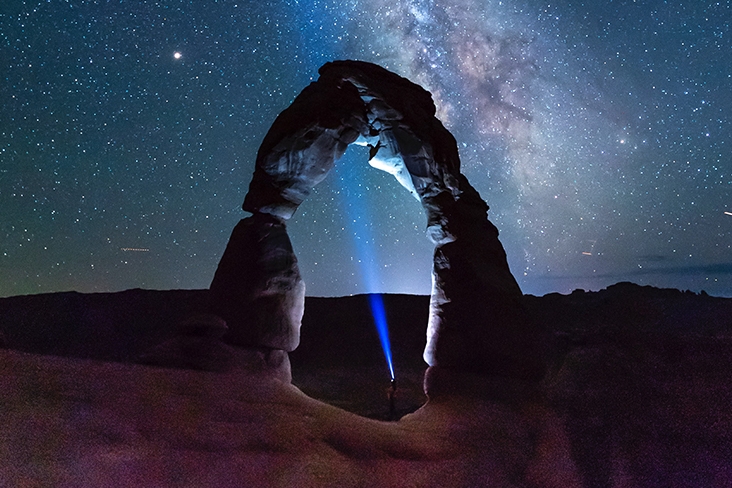
The premise for IDA’s International Dark Sky Places Program is simple in theory: Eliminate excess light. In practice, it’s a bit more complicated.
There are five types of categories:
- International Dark Sky Community
- International Dark Sky Park
- International Dark Sky Reserve
- International Dark Sky Sanctuary
- International Urban Night Sky Place
Guidelines are set for each category and are based on sky quality, size and land management. Dark Sky Sanctuary is an option for remote destinations, such as the isolated Katahdin Woods and Waters National Monument in Maine, while Urban Night Sky Place is reserved for pockets in or near large cities and urban environments that make strides to reduce light pollution amidst all the artificial light.
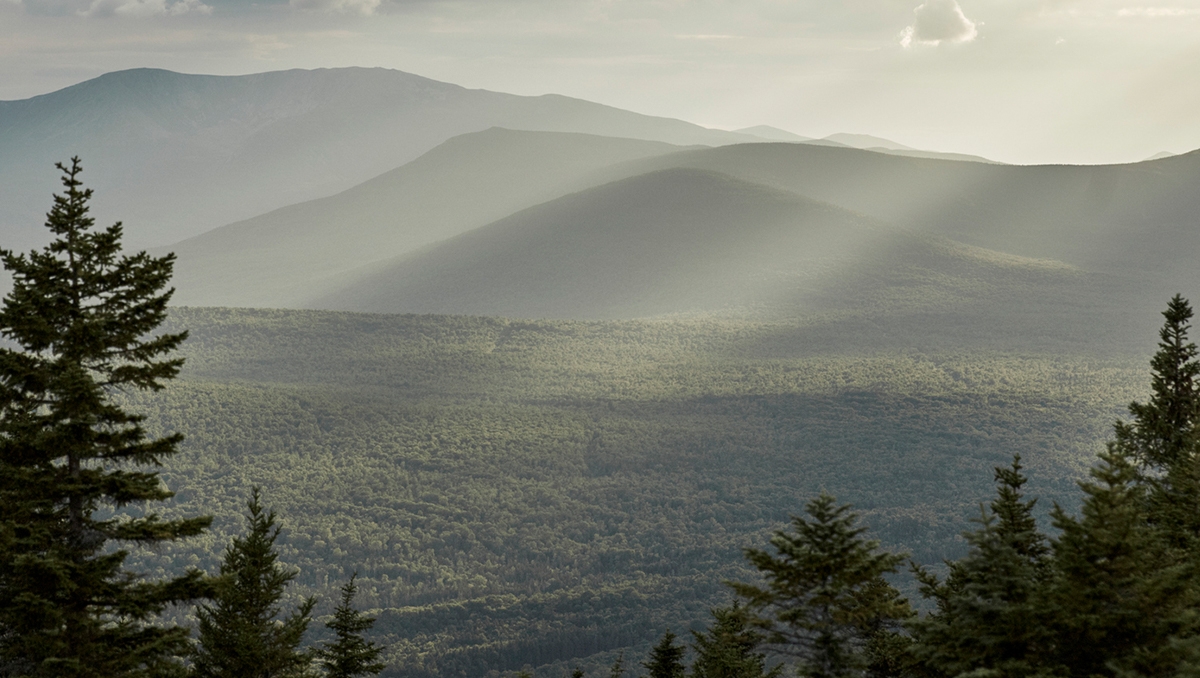
Getting any of these certifications takes effort. In Westcliffe and Silver Cliff, gaining Dark Sky Community status meant shielding streetlights downward and working with businesses to soften or redirect the glare from bright lights or illuminated signs. “These things don’t work without community support,” says Clint Smith (no relation to Lauren Smith), president of the Dark Skies of the Wet Mountain Valley, the nonprofit that pursued the designation in the two towns.
At Waterton-Glacier International Peace Park, which spans from Montana to Canada, Mark Biel, natural resources program manager for Glacier National Park, realized he would never have time to process Dark Sky Park certification on his own. Thanks to a grant from the Glacier National Park Conservancy, he was able to hire an intern to work exclusively on the certification process, which included not only eliminating artificial light sources that emit significant glare but also disclosing current and potential future light pollution threats and committing to educate the public on the benefits of a dark sky. With this support and collaboration between Parks Canada and the U.S. National Parks Service, Waterton-Glacier earned its Dark Sky honors in 2017.

While the IDA process is rigorous, conservation experts and community leaders believe it’s worth it – and not just because we all like pretty skies. Animals depend on night and day cycles to know when to sleep, eat and procreate. When humans erect streetlamps or put up neon signs, these cycles degrade.
“The introduction of artificial light represents the most drastic change humans have made to [animals’] environment,” says Christopher Kyba, a research scientist in Germany who studies nocturnal animals. Many birds that hunt or navigate at night wander toward artificial lights and get separated from their flock. Millions of sea turtle hatchlings die every year after following city lights away from the ocean, rather than detecting the moonlit horizon that would lead them to the safety of the waves.
Dark skies make fiscal sense too. Westcliffe received nearly $100,000 in tourism dollars in 2019, Clint Smith says, calling it a direct result of the observatory the town built to continue its dedication to dark skies.
The towns are a stop on the new Colorado Stargazing: Experience the Night tour, a self-guided loop that connects seven star-studded communities stretched between the Sangre de Cristo and San Juan mountain ranges. “People come from all over to see what you can see under a truly dark sky,” Smith says. “We have so many folks bringing their grandchildren, saying, ‘This is how the sky used to look when I was a kid.’”
